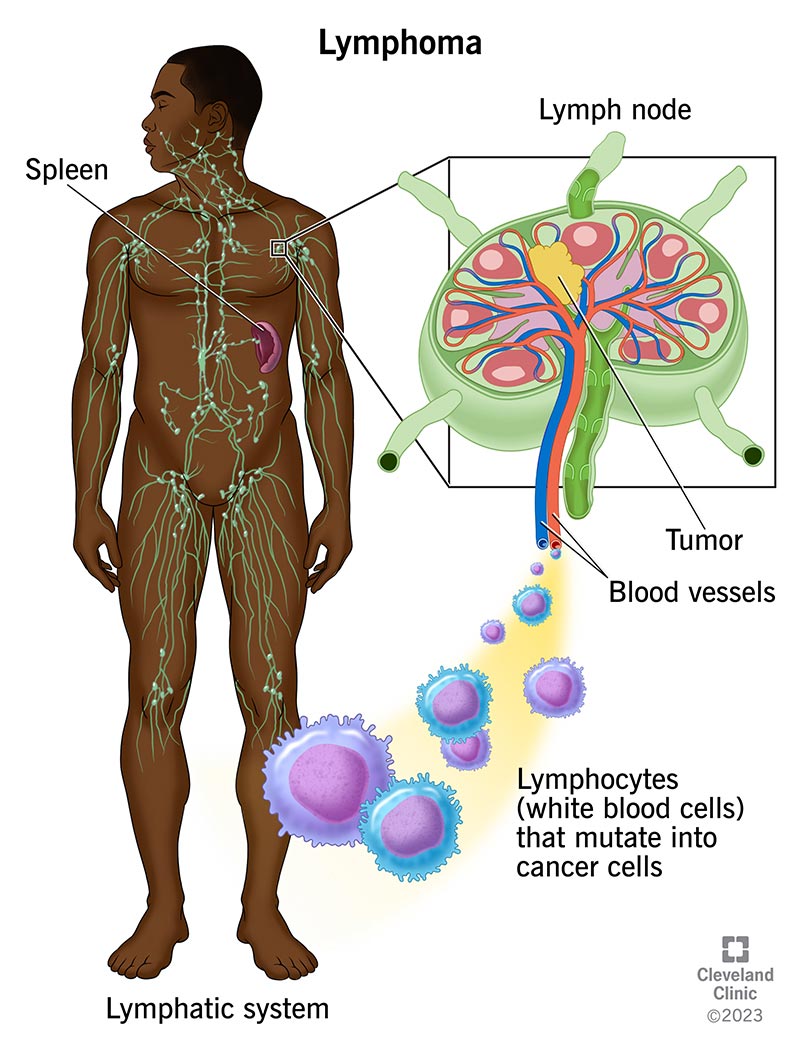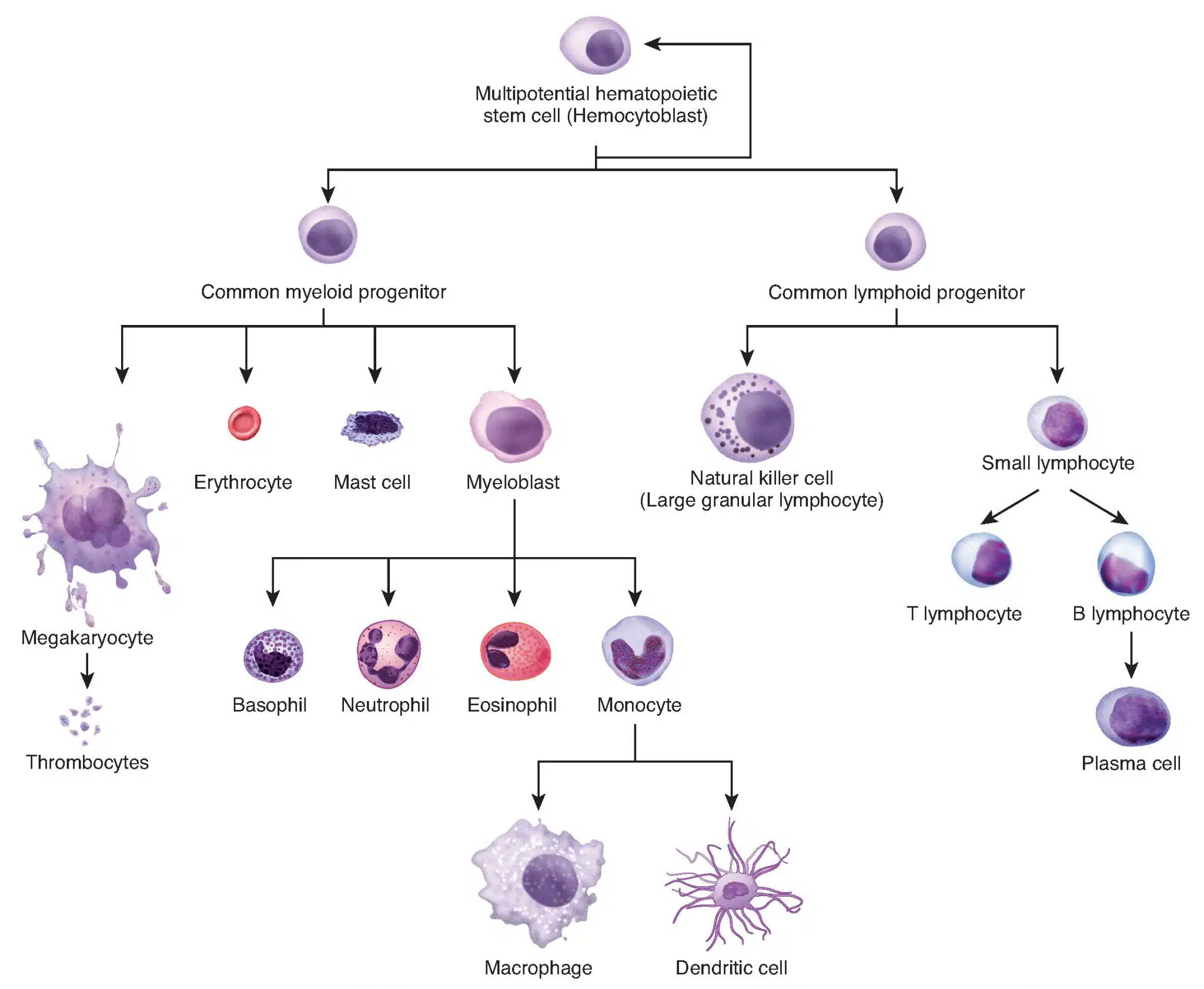Leukaemia refers to a group of blood cancers arising from abnormal proliferation of white blood cell precursors. The problem begins in the bone marrow, where mutations in haematopoietic stem or progenitor cells allow one clone to escape normal checks on growth and differentiation.
While the term leukaemia may sound singular, it actually encompasses a group of distinct diseases, each with its own biological behaviour, clinical features, and management principles. Chronic and acute leukemias are completely different diseases, and they progress at different speeds.
.jpeg)
Over time — sometimes over days, sometimes years — these abnormal cells crowd out normal blood production, leading to anaemia, immunosuppression, and bleeding. Clinical presentations vary depending on which blood line is affected and how fast the disease progresses.





.jpeg)


60709-X/asset/c11941c0-9106-46f3-914d-e1de37b2546c/main.assets/gr1_lrg.jpg)
.jpeg)











